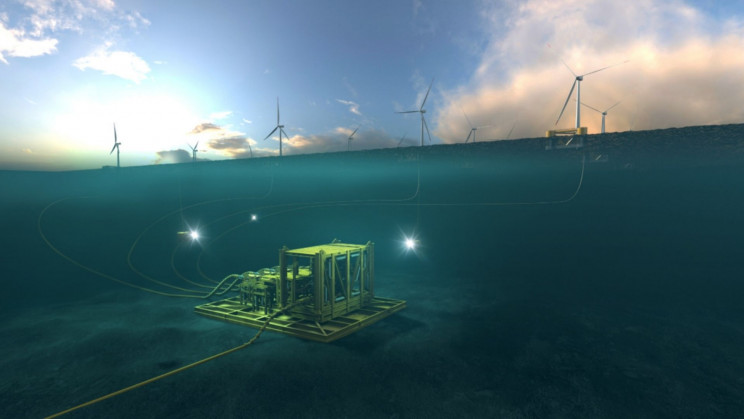Aker Offshore Wind is a clean energy firm and it has announced that it will use underwater substations to broaden its offshore wind farm infrastructure off the coast of Scotland, a press statement states.
Substations get the energy from the wind turbines and take it to the gird and from there, to households and businesses for consumption. They are typically installed above sea level. However, installing them in the seabed can prove to be more beneficial. This is because seawater functions as a natural cooling system. An underwater substation also needs very few components and zero rotating parts. The temperatures under the sea are stable and hence, this augments the reliability and reduces the maintenance cost of a substation installed in the seabed.
Aker Offshore Wind had partnered with Ocean Winds to submit “a series of floating bids which could deliver up to 6,000MW of energy in the Outer Moray Firth,” the company says in its statement. This would make it “by far the UK’s biggest wind energy development and [it would] power millions of homes with renewable energy.”
This will help in reducing carbon emissions and support the UK’s project of keeping these emissions to a minimum as the UK announced this year that it is aspiring to cut the emissions by 78 percent by the year 2035, before reaching its net-zero goal by 2050. “Our vision is for the UK to become a global leader in floating offshore wind, contributing to our net-zero mission with green energy at scale,” said Sian Lloyd-Rees, managing director of Aker Offshore Wind UK. “We have the opportunity to implement new technology in the ScotWind leasing round, making Scotland and the UK a global leader in subsea solutions for floating offshore wind and exporting the technology around the world.”
According to the company, 80 percent of the world’s wind resources are present in deep water that goes more than 196 feet (60 meters) below sea level. It means they are not suitable for fixed-foundation wind farms. Other companies, like GE, also launched their own floating offshore wind farm innovations. The firm inaugurated a new floating wind turbine concept in March. Further, South Korea declared last month that it will make a 1.4 GigaWatt floating offshore wind farm to help reach the climate change aspirations for the country.

